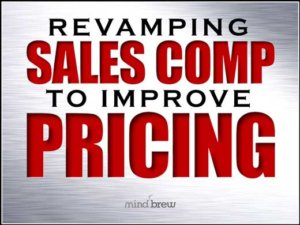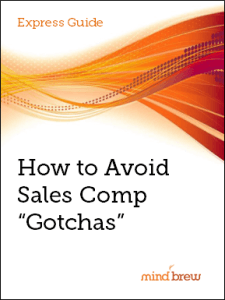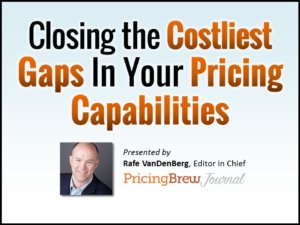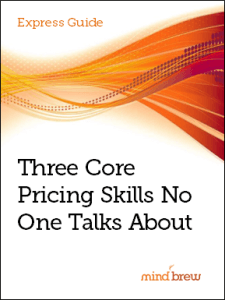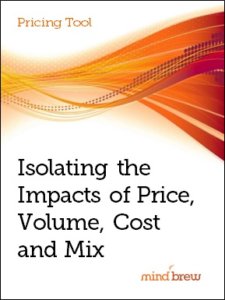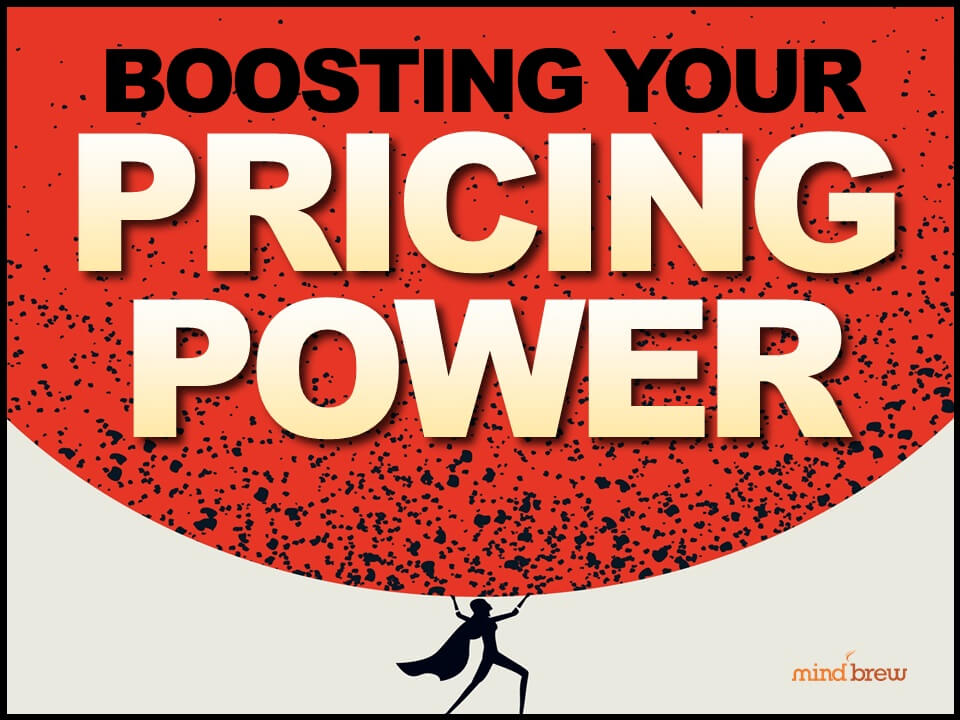You know that your revenue-based sales compensation plan is actually working against your pricing improvement objectives. You know that when salespeople are compensated based solely on revenues, it virtually guarantees that margins and profits will be readily sacrificed at the slightest hint of revenue risk. And, you know you need to drive a change.
But what do you change? What do you add? What measures should you work to infuse into your comp plan?
Here are some of the more common approaches:
- Discount Dollars — Salespeople are compensated on the revenues they’ve generated, minus the discount dollars they’ve granted.
- Margin Rates — Salespeople are compensated on both the revenue dollars captured and the margin rates achieved.
- Margin Dollars — Salespeople are compensated on both the revenue dollars captured and the margin dollars produced.
- Price Attainment — Salespeople are compensated on both the revenue captured and adherence to recommended target prices.
In the on-demand webinar, Revamping Sales Comp to Improve Pricing, we discuss each of these approaches in detail, exposing the pros and cons in practice, and highlighting where and when a particular approach might be appropriate.
We do, however, have a clear favorite. While the other approaches are certainly better than nothing, in our estimation, measuring price attainment is the far superior approach.
First of all, price attainment simplifies the decisions a salesperson has to make while doing a deal. They don’t have to think about the underlying margin levels or spin through the various tradeoff scenarios. They just have to play “closest to the pin” and try to win the business as close to the target prices as possible.
Secondly, unlike some of the other approaches, price attainment measures reward pricing behavior and pricing discipline directly. The focus is clearly on the prices being captured and there’s no ambiguity about what’s good (pricing close to target) and what’s bad (pricing far from target).
And as salespeople need only focus on the target prices, you don’t have to worry about exposing your costs or margins to the field, having cost fluctuations wreak havoc on sales behaviors, or discouraging the sales of lower margin products. In fact, product costs and margin levels are largely irrelevant to the sales team, as all of those considerations have already been baked into the target prices.
Of course, in order to leverage price attainment in your sales compensation plan, your recommended target prices have to be right—accurate, realistic, and relevant to the deal at-hand. But hey, that’s what being a pricing professional is all about, right? Right!

